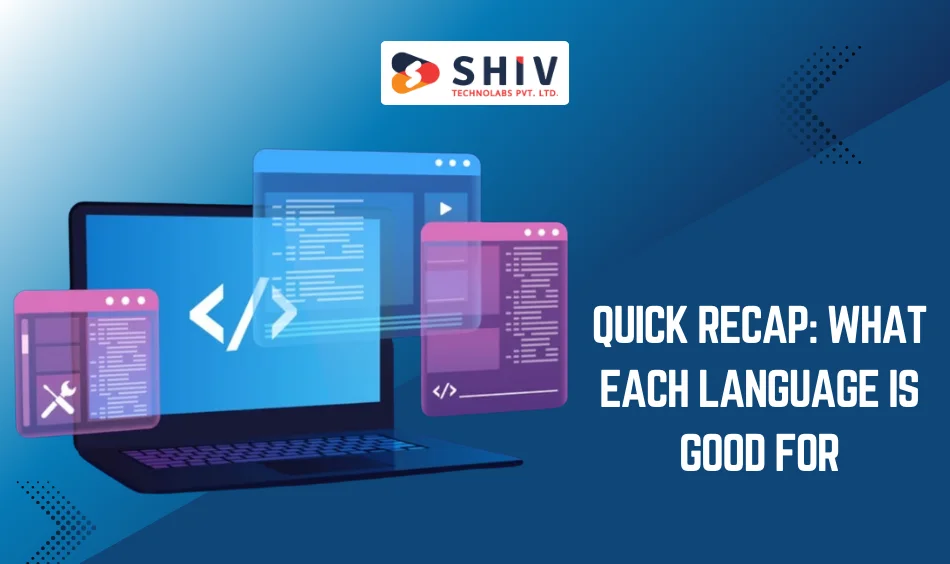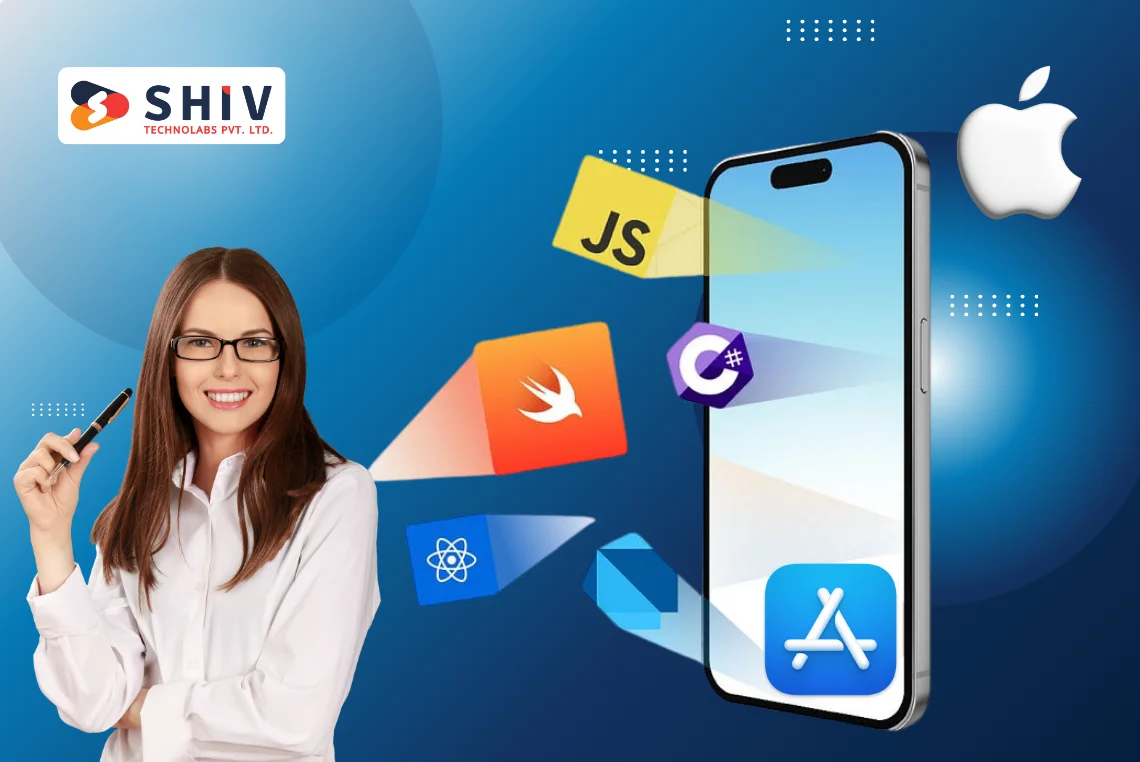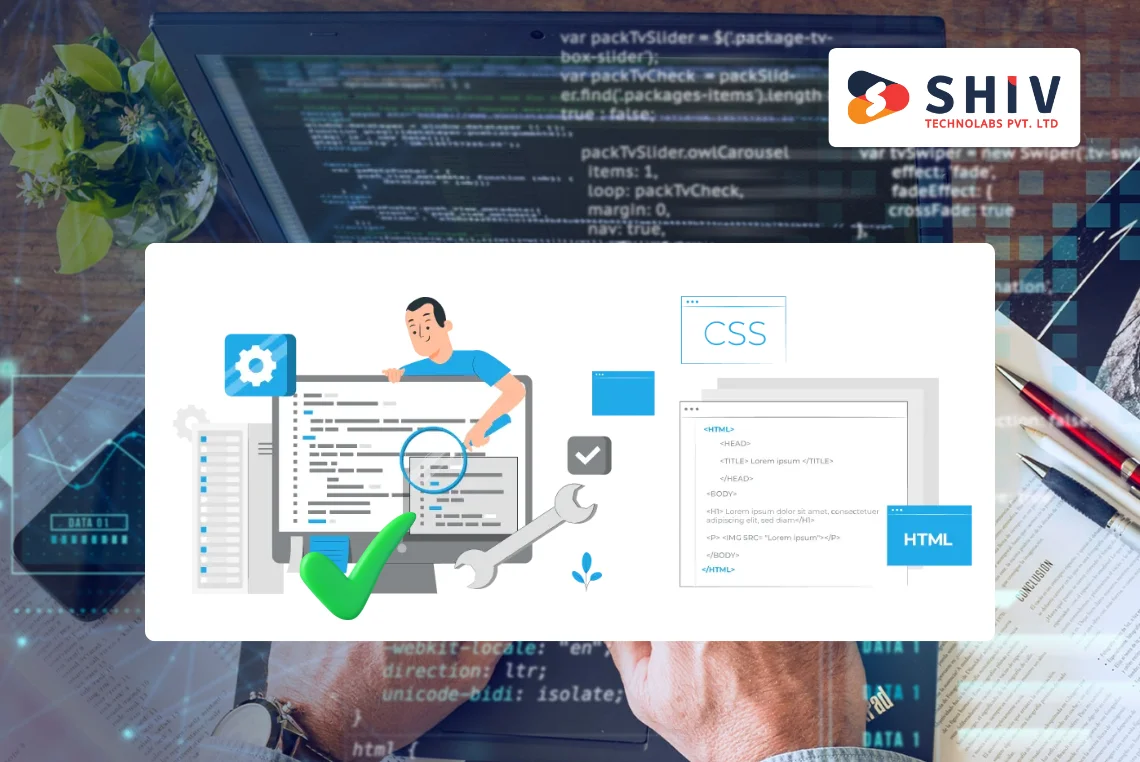Table of Contents
Thinking about building an app for macOS? Then you’ve probably asked yourself one key question: “Which programming language should I use?”
It’s not just a matter of preference—it directly impacts how well your app works, how fast it performs, and how much you’ll enjoy (or dread) the development process.
There are plenty of languages that work on a Mac: Swift, Objective-C, JavaScript, Python, and even Java. But let’s be honest—not all of them are a good fit if you want to build something that feels like a real Mac app.
So, which one should you pick? Let’s walk through the options.
What Does macOS Development Involve?
At its core, macOS development means writing software that runs on Apple computers—MacBook, iMac, Mac Studio, you name it. This includes everything from productivity tools to games, utilities, and more.
The key is: Apple has its way of doing things. macOS has unique interface rules, system behaviors, and developer tools like Xcode that are designed with specific languages in mind. That’s why not every language works equally well.
If you want your app to look, feel, and behave like it truly belongs on a Mac, your language choice matters a lot more than you might think.
Also Read: Industries That Can Benefit From Custom macOS Apps
Let’s Get Straight to It — Swift Is the Best Choice

If you’re starting fresh and building something that’s meant to run natively on macOS, there’s no debate: Swift is the best language to use.
Why? Because it’s made by Apple for Apple platforms. That alone gives it a huge edge—but there’s more to it than that.
# Here’s why Swift leads the pack:
- Tight integration with Xcode: Apple’s development tool is built around Swift. It just works better.
- Modern syntax: It’s easy to read, easier to write, and way cleaner than older languages like Objective-C.
- Speed and safety: Swift is fast and helps you catch mistakes before they cause bugs or crashes.
- Future-focused: Apple keeps Swift up to date. If a new macOS feature comes out, it’s going to support Swift first.
Most developers who start using Swift don’t look back. Whether you’re building a basic desktop app or something more complex with SwiftUI, it’s the most direct route to a smooth Mac experience, for both you and your users.
Okay, But What About the Other Languages?
Fair question. Swift is great, but depending on your situation, you might still consider another language. Let’s look at the rest—honestly.
# Objective-C: The “Old but Still Around” Language
Objective-C is the original workhorse for Apple development. It was the default before Swift came along.
Use it if:
- You’re working on an existing codebase built in Objective-C.
- Your team already knows it well and isn’t ready to switch.
Downsides? It’s not as clean or easy to work with. The syntax can feel clunky, and learning it from scratch in 2025 feels like going backward.
Bottom line: Stick to it only if you’re maintaining something old.
# JavaScript (via Electron): Great for Cross-Platform, But Not Native
If your main goal is to build a desktop app that runs on macOS, Windows, and Linux, then JavaScript with Electron might make sense. It uses web tech (HTML, CSS, JS) to create desktop apps.
The good:
- One codebase for all platforms.
- Great for teams with web experience.
The not-so-good:
- Apps can be slow and memory-hungry.
- They often don’t look or feel like a real Mac app.
Verdict: Fine for internal tools or quick cross-platform products. Not the best if you care about performance or a true Mac experience.
# Python: Handy for Scripts, Not So Much for Full Apps
Python is awesome for scripting and quick automation. You can even build basic apps with it using tools like Tkinter or PyObjC.
But here’s the truth: it’s not built for polished desktop apps.
When it makes sense:
- Writing automation scripts or backend logic.
- Prototyping or quick tools you won’t distribute widely.
Why you might skip it:
- UI tools are limited and don’t match macOS aesthetics.
- Performance isn’t great for anything complex.
Call it what it is: Python is fantastic, for the right jobs. Building full macOS apps just isn’t one of them.
# Java: Still Kicking, But Rare for macOS
Java works on macOS thanks to the JVM, and there are UI toolkits like Swing or JavaFX.
But let’s be real: when was the last time you used a Java-based desktop app on your Mac that felt right?
Use Java if:
- You’re building backend-heavy apps with light interfaces.
- You need the same codebase to run on many platforms.
Downsides:
- The interface doesn’t feel native.
- Extra setup required on user devices.
- Slower app start times.
Verdict: Unless your app is mostly logic with a light UI, Java probably isn’t the right tool for macOS development.
# C# or C++: Only If You’re Building Games
If you’re making a game, it’s a whole different situation. You’ll probably be using:
- C# with Unity
- C++ with Unreal Engine
These are great tools for game development, and they both support macOS. But outside of gaming? Probably not your best bet.
Quick Recap: What Each Language Is Good For

| Language | Best For | Should You Use It? |
|---|---|---|
| Swift | Native macOS apps | ✅ Absolutely |
| Objective-C | Maintaining legacy apps | ⚠️ Only if needed |
| JavaScript | Cross-platform desktop apps | ⚠️ Use if you accept trade-offs |
| Python | Scripts, automation | ❌ Not for full apps |
| Java | Backend or platform-agnostic tools | ❌ Rarely used on macOS |
| C#/C++ | Game development only | ✅ Only for games |
The choice depends on what kind of app you want to create and your level of experience. If you’re new to Apple development, Swift is a good place to start.
Need Help Building a macOS App?
That’s where we come in.
At Shiv Technolabs, we build apps that feel like they were made by Apple themselves (well, almost). Whether it’s a new Swift project, an upgrade from Objective-C, or a cross-platform tool using Electron, we’ve done it all.
# What we offer:
- Full-cycle macOS app development using Swift, Objective-C, or Electron
- User-friendly design that follows Apple’s interface rules
- Clean, maintainable code and clear communication
- Support with App Store publishing and updates
👉 Get in touch with us — we’ll help bring your macOS idea to life without the headaches.
The Final Word: Stick with Swift
So let’s answer the question once and for all: Which programming language is best for macOS development?
Swift. Every time.
It’s the most natural fit. It’s built by Apple, works flawlessly with macOS tools, and is actively supported. You’ll write less code, fix fewer bugs, and end up with an app that runs fast and looks right.
If you’re serious about building apps for Mac—and you want them to feel like real Mac apps—Swift is the way to go.






















